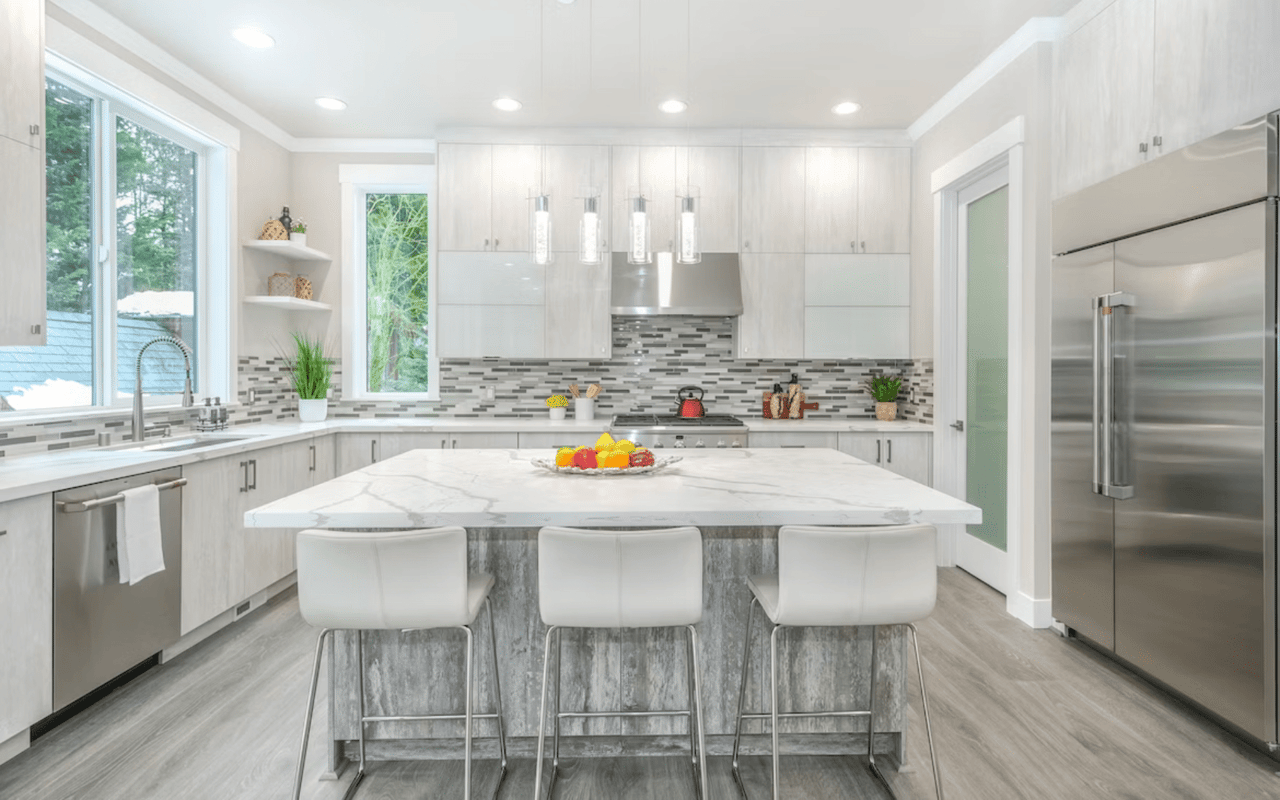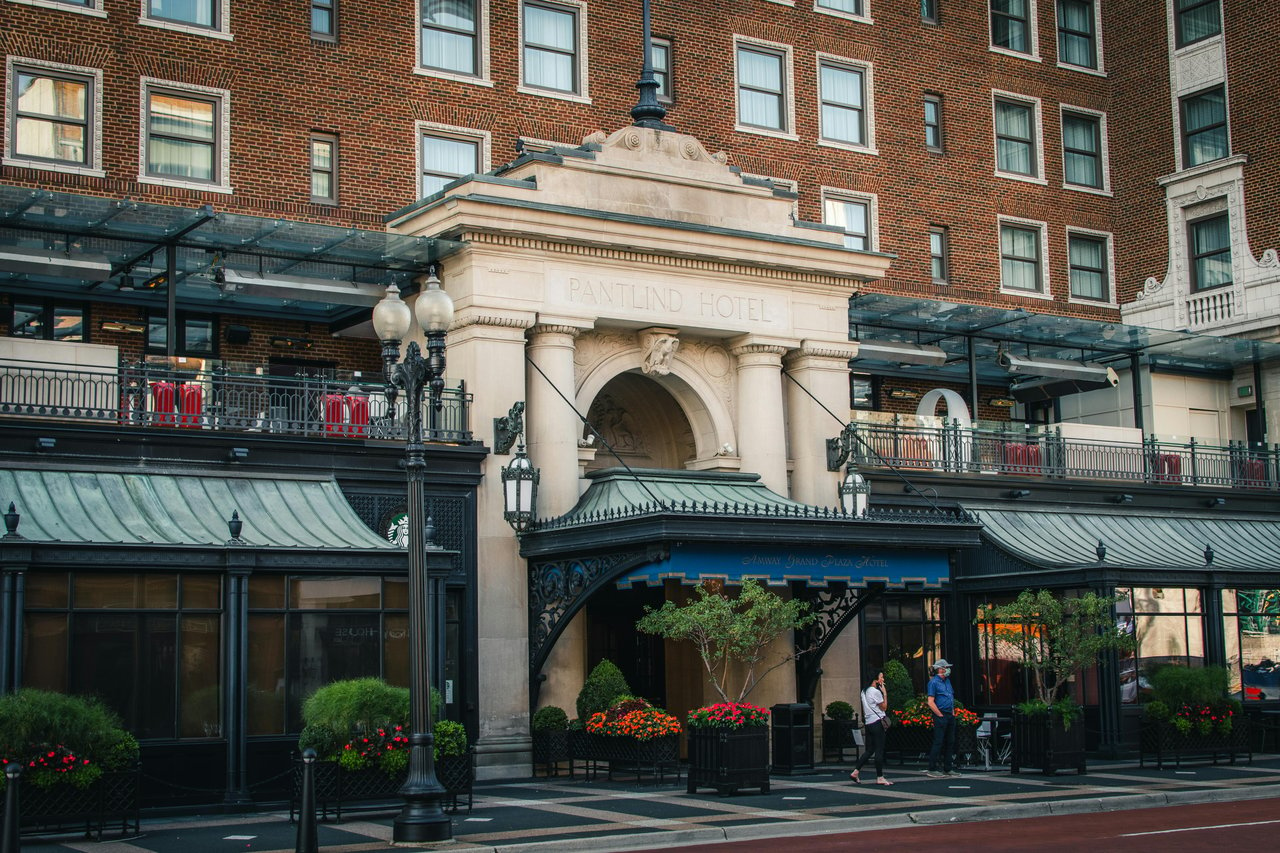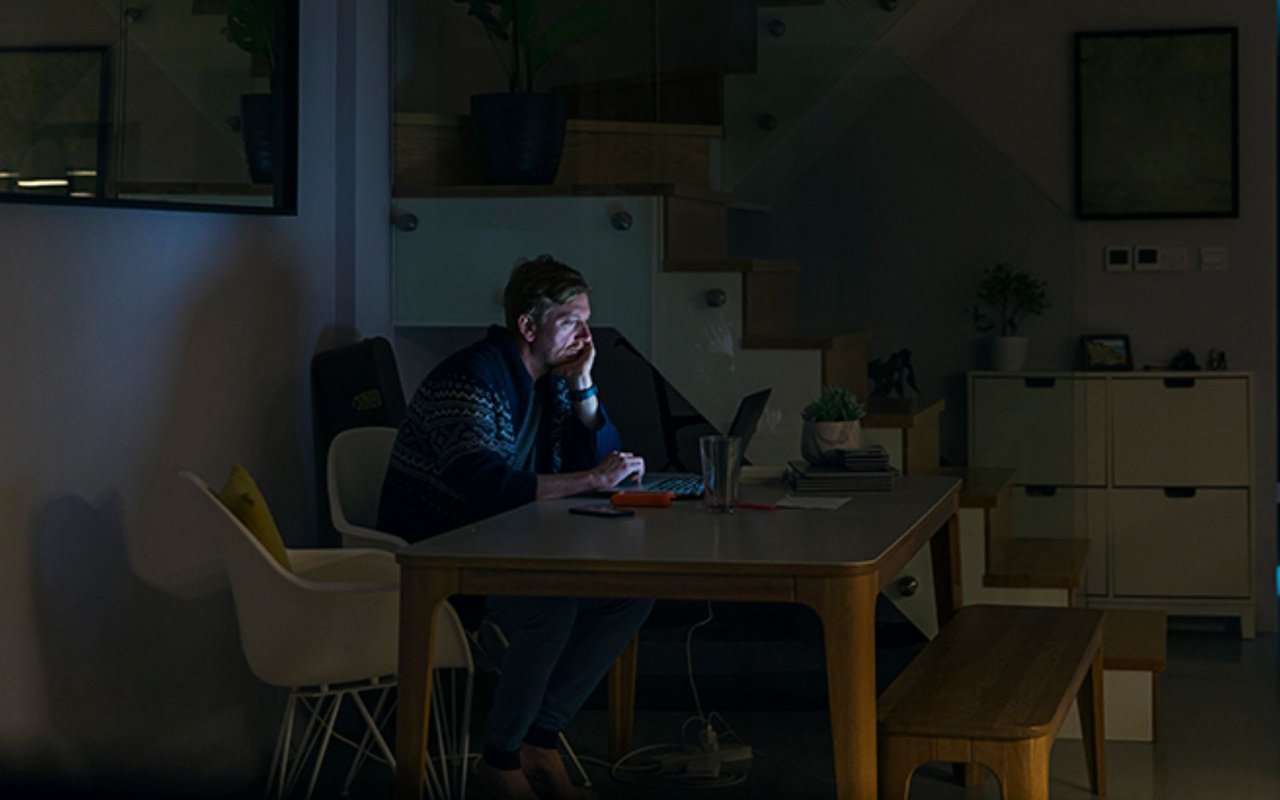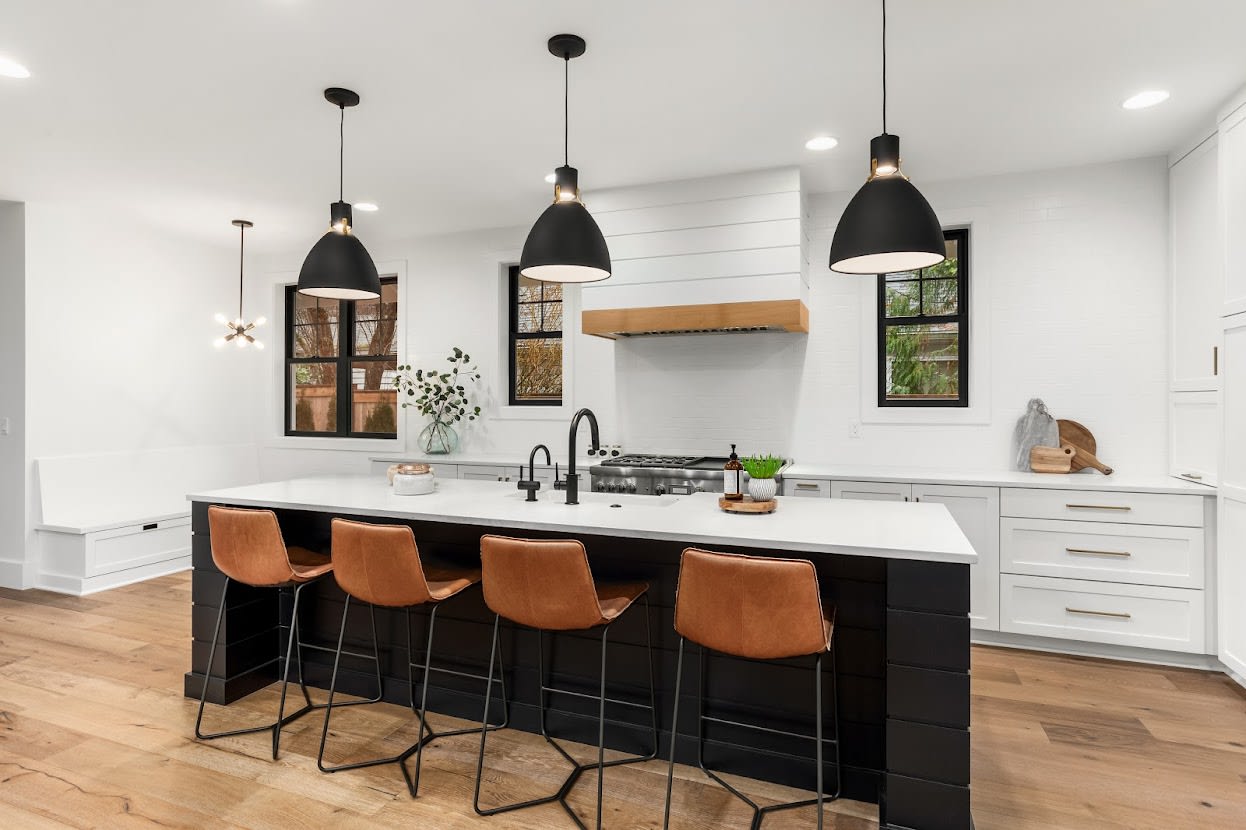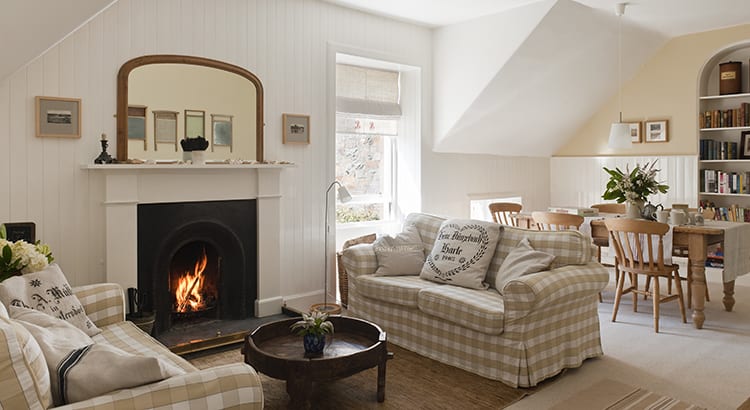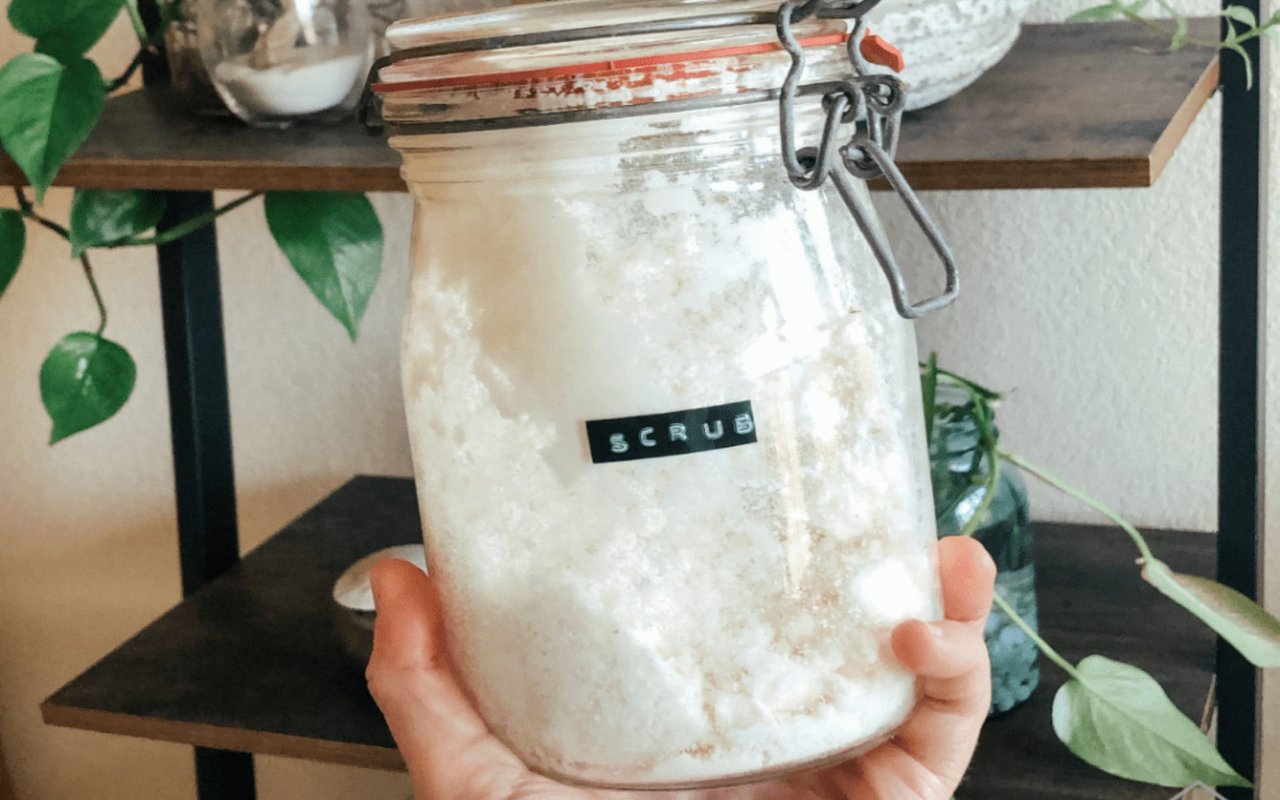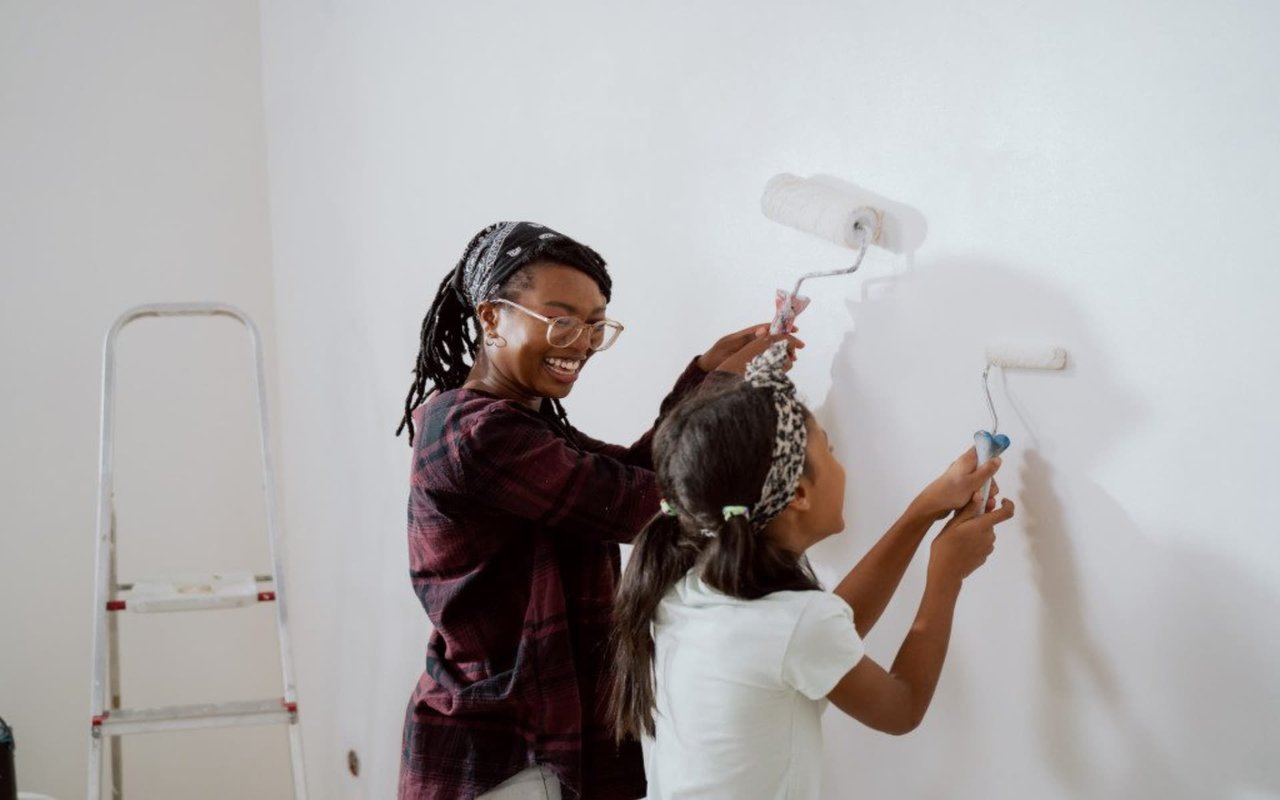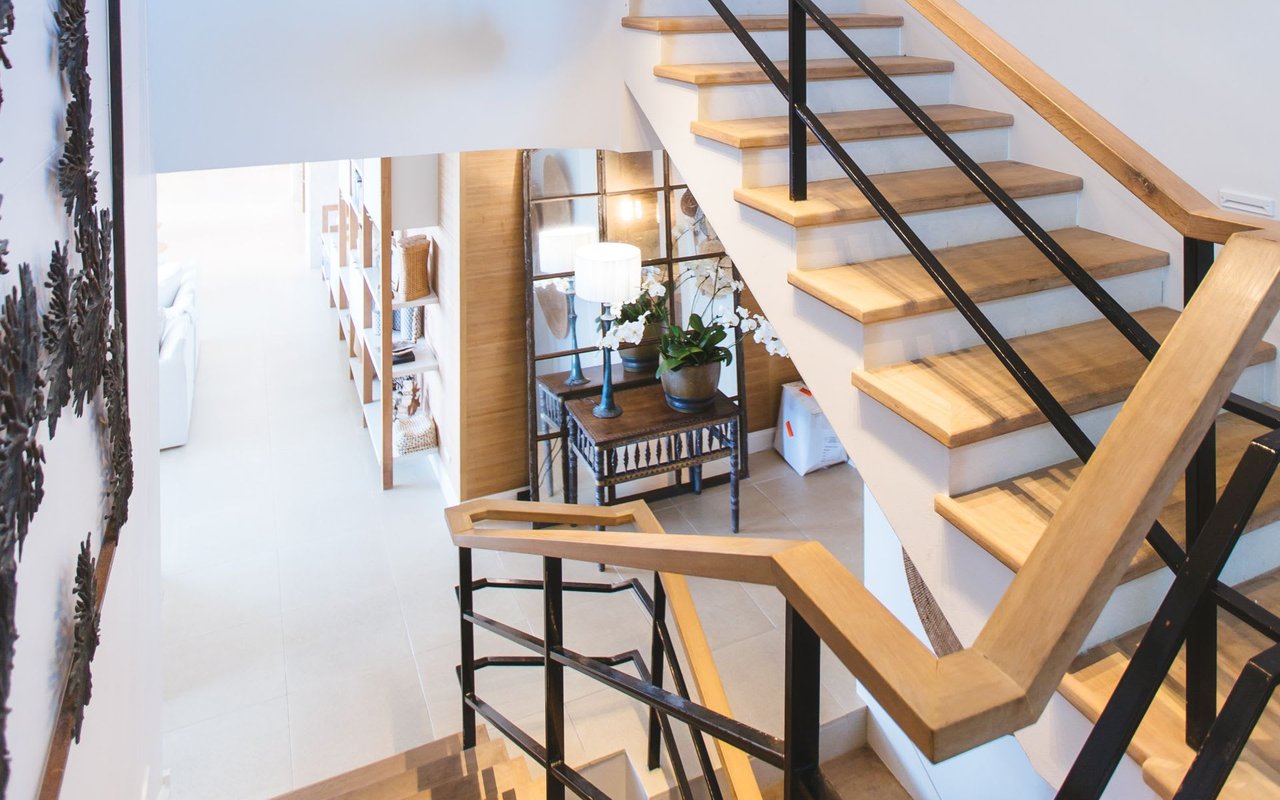If you want to sell your home for the best deal possible, staging may be the key.
According to the National Association of Realtors, the majority of buyers' agents cited that home staging has a significant effect on buyers' perspectives of the home, as it enables them to envision their own lives within the space. It's clear that staging a home for sale is well worth it.
So, read on for a guide to the top tips to get your home ready to sell. Before you know it, you can create an alluring space through your home staging efforts.
Key Insights into Home Staging
Before we dive deep into the sea of staging tips and techniques, let's explore some vital statistics. In 2019, the average amount spent on home staging was
$400, as reported by the National Association of Realtors. Notably, homes that were professionally staged spent much less time on the market compared to unstaged properties. Moreover, homes staged before being listed sold for 25% more than unstaged homes.
Now, let's delve into the nitty-gritty of home staging, examining its definition, importance, and options, as well as exploring some DIY home staging tips and more.
Understanding Home Staging
Home staging is the art of preparing a private residence for sale in the real estate marketplace. The primary goal is to make a home appealing to the highest number of prospective buyers, enabling it to sell swiftly and for more money.
The Significance of Home Staging
Staging is crucial, as it presents the house in its best light, highlighting its strengths, downplaying its weaknesses, and making it more appealing to prospective buyers. It allows potential buyers to imagine themselves living in the space, increasing the home's perceived value and the likelihood of a more lucrative sale.
Considering Different Home Staging Strategies
There are various ways you could go about staging a home. It could be as simple as decluttering and rearranging furniture or as complex as hiring a professional home stager who will bring in furniture, art, and decor to present a luxurious and modern space.
The Feasibility of DIY Home Staging
You don't always need a professional stager to prepare your home for potential buyers. With a good eye for design, a clear understanding of what buyers want, and a little elbow grease, you can stage your home effectively. Following home staging tips and applying a bit of creativity can transform your home into something special and make it more appealing to future buyers.
Role of Real Estate Agents in Home Staging
Real estate agents have a wealth of experience and knowledge about what potential buyers are looking for. They can provide useful advice on how to stage your home to make it more appealing. Some real estate agents even offer home staging as part of their services, and others can refer you to professional home stagers they trust.
The Job of Professional Home Stagers
Professional home stagers have the expertise to view your home from the perspective of a potential buyer and can transform your living space into a marketable product. They bring in furniture, decor, and art, and they know how to show off the strengths of your home while minimizing its weaknesses. Stagers also understand the current market trends and can tailor their strategies to attract as many potential buyers as possible.
Assessing the Value of Home Staging
Considering the potential return on investment, many sellers find home staging worth the cost. A well-staged home can increase the home's selling price and decrease the amount of time it spends on the market.
Economical Ways to Stage a Home
Staging a home doesn't have to break the bank. Simple steps like deep cleaning, decluttering, and rearranging furniture can make a significant difference. Renting furniture can also be a cost-effective solution for home staging. Other affordable strategies include a fresh coat of neutral paint, minor repairs, and enhanced curb appeal.
Staging for Photographs
Staging a home for photos goes beyond just tidying up and rearranging furniture. It's about setting the scene and telling a story. Start with a deep clean and declutter, then focus on the details. Fresh flowers, fluffy towels, and a bowl of fruit can give your home a lived-in feel that's more appealing in photos. Remember to take photos during the day to take advantage of as much natural light as possible.
Specialist Recommendations for Home Staging
Let's take a look at some expert staging tips that could help turn your home into an irresistible proposition for potential buyers:
1. Reduce Clutter
One of the first steps in home staging is decluttering. A clean, clutter-free home appears more spacious and more appealing, allowing potential buyers to envision their own belongings in the space rather than being distracted by all of yours.
2. Thoroughly Clean the House
A deep clean is a must. This means scrubbing floors, washing windows, dusting baseboards, and ensuring the kitchen and bathrooms truly sparkle and shine. Remember, potential buyers will scrutinize every detail.
3. Carry Out Necessary Repairs
Fix anything that's broken or worn out, from leaky faucets to squeaky doors and cracked tiles. These small details can be a turn-off for prospective buyers.
4. Neutralize the Space
You want your home to appeal to as many potential buyers as possible, which means depersonalizing the space. Remove personal items like family photos and mementos, which can distract your buyers.
5. Opt for Neutral Tones
Bold, bright colors might suit your personal sense of style, but they might not be to everyone's taste. Neutral colors appeal to a broader audience and can make your home seem larger, brighter, and more inviting.
6. Leverage Natural Light
Bright homes are typically more appealing, so pull back the curtains, open the blinds, and let in as much natural light as possible. If a room is too dark and dreary, consider adding extra lamps or installing sheer curtains.
7. Reconfigure Your Furniture
The way your furniture is arranged can affect how spacious a room feels and how well the home flows from room to room. Pull furniture away from the walls and try different configurations to make your space appear larger and more inviting.
8. Define Each Room
Each room in your home should have a clear purpose and functionality. This allows potential buyers to imagine how they would use the space. Avoid leaving any room as a "miscellaneous" space — it might confuse buyers and make the space seem less valuable.
9. Boost Your Home's Exterior Appeal
First impressions matter. Sprucing up your home's exterior can significantly increase its curb appeal. Mow the lawn, trim the shrubs, and add a fresh coat of paint to the front door. A few well-placed potted plants can also make your home feel more welcoming.
What to Avoid During Home Staging
While staging a house, it's equally important to be aware of what not to do. Over-staging, for example, can make a space feel inauthentic and impersonal. Be careful not to cover up significant issues with staging — buyers will notice, and it could throw a wrench in the sale process. Also, remember that staging is not the time to experiment with wild design choices — neutral and broadly appealing is the way to go.
Team up with the Experts
The professionals at GRO Real Estate have cultivated a successful and trustworthy reputation in the industry. If you're hoping for top-notch tips to get your home ready to sell, contact
GRO Real Estate today for the expert insight you can count on.
